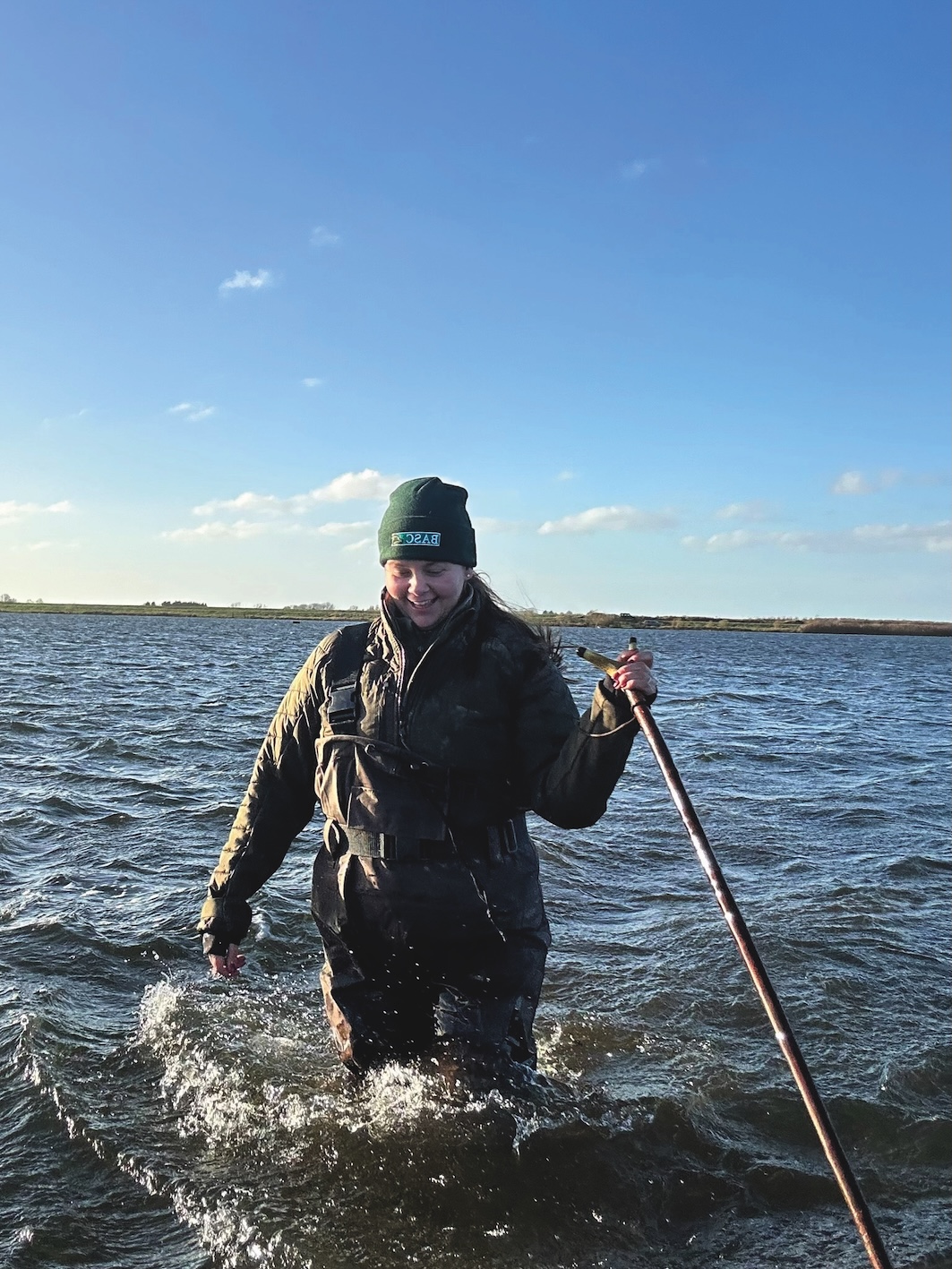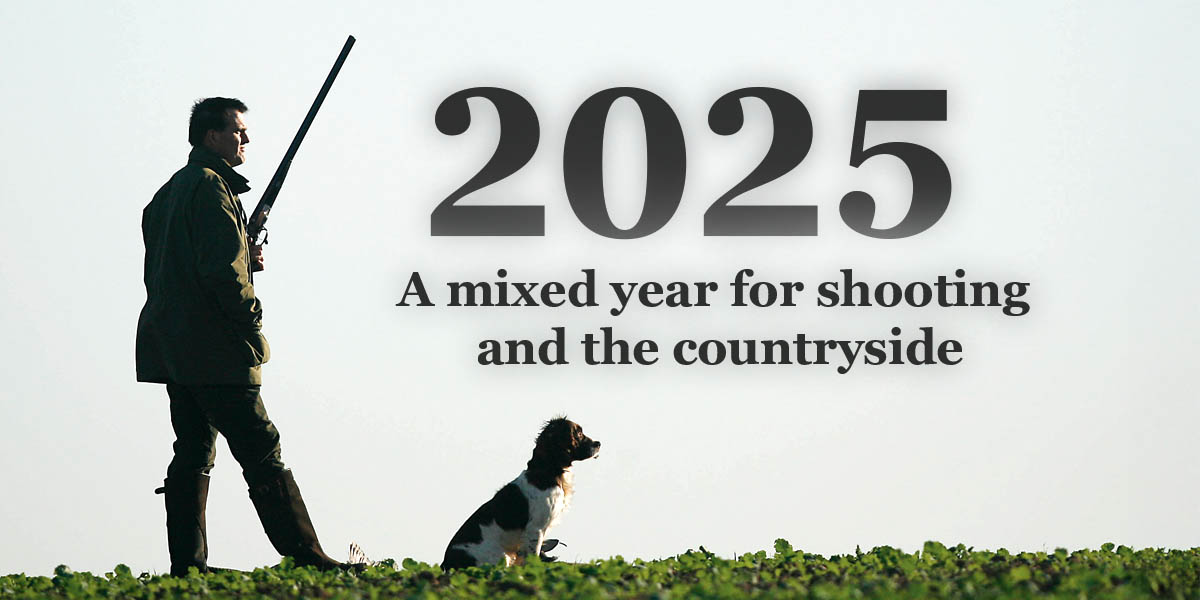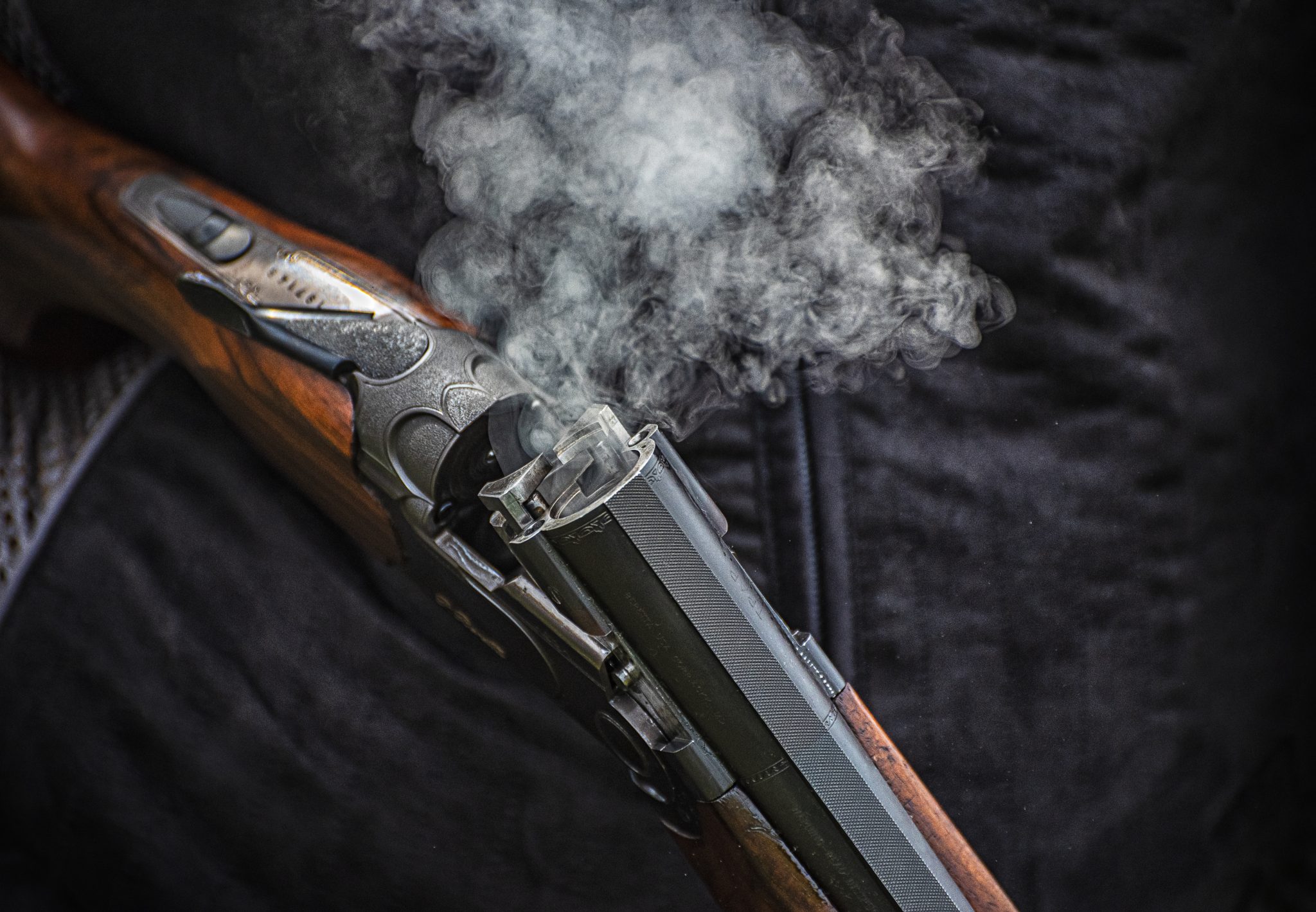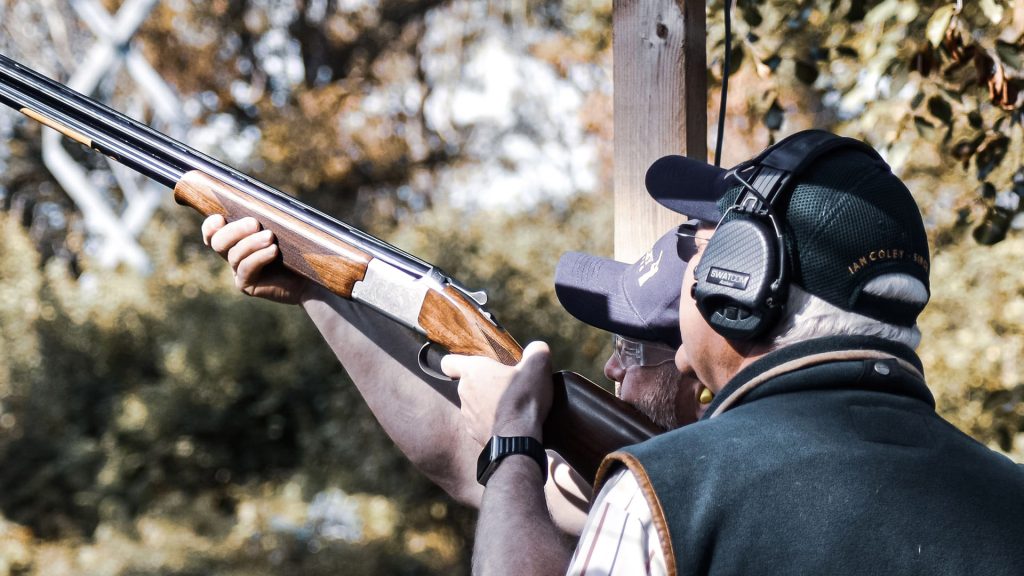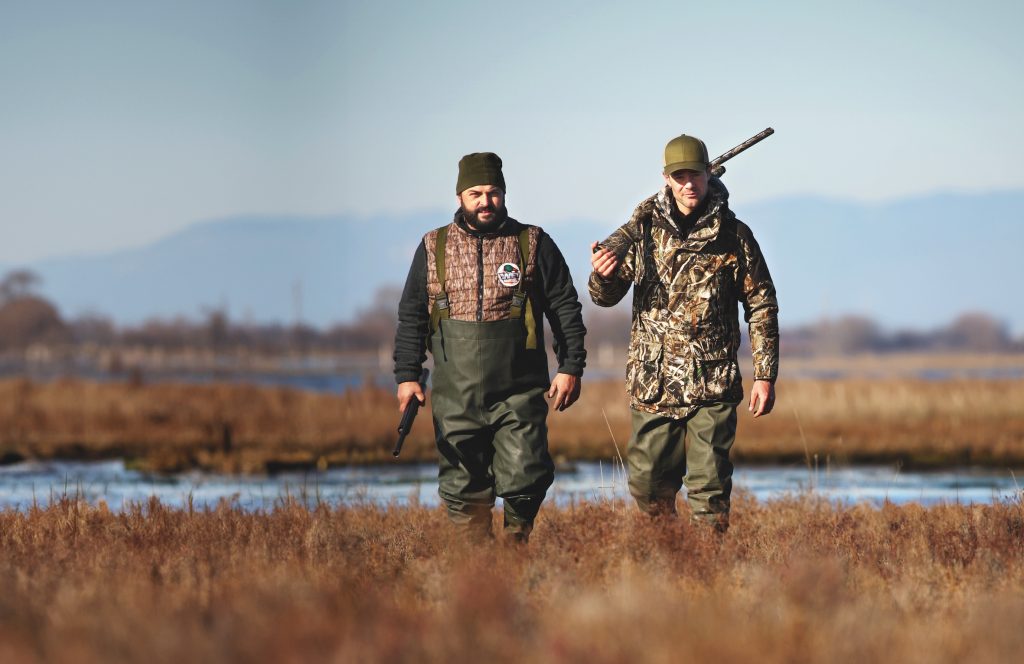Win CENS ProFlex DX5 earplugs worth £1,149 – enter here
How to spot the signs of the roe rut
The roe rut is different from that of other deer species. Here’s how to spot the signs
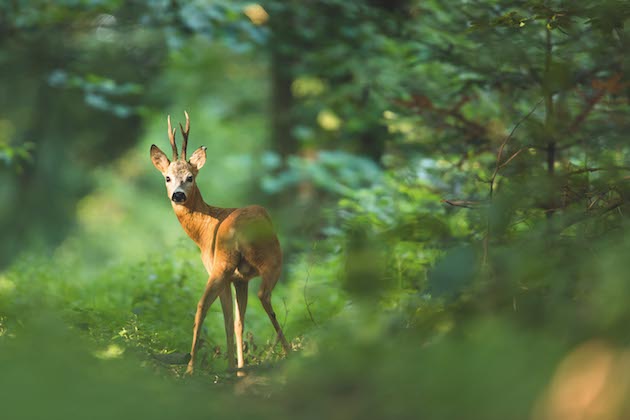 Roe Deer
Roe Deer
The days of high summer bring anticipation and anxiety for roe deer and stalkers alike. For both, the eagerly awaited main event in the roe calendar — the rut — has almost arrived.
The rut provides opportunities for sport as well as deer management, not forgetting our chance to show our skills calling deer. Partly due to the roe’s more solitary, non-herding lifestyle, its lack of obvious vocalisation and the timing of the rut, you’ll find that the roe rut is a different phenomenon from that of the red, sika or fallow. (Read what do the different barks of roe deer mean?)
The most critical things to remember are the deer, the dates, the do’s and don’ts. (What’s the collective noun for a group of roe deer?)
The deer
Time spent watching deer and learning their habits is critical to successful stalking. If you have your own stalking, the opportunity for on-site learning comes with it for free, and you should grasp this chance. There are certain events, such as the dispersal of last year’s young, the birth of kids and the time of coat change that should be looked for as the year progresses. If a record is kept, over the years a valuable picture can be built up of how the deer year progresses on your patch.
Seasonal changes pre-rut
- The end of winter offers the chance to conduct a census of roe populations, enabling you to achieve the required doe and juvenile cull and plan for the forthcoming year.
- As spring advances and hormone levels change, bucks seek out or return to territories. Marking and fraying takes place and assertive behaviour becomes apparent. (Read do deer kill one another?)
- Around the same time, pregnant does establish themselves in their preferred home ranges, moving to dissociate themselves from last year’s surviving dependants. The familiar family groups of late winter and early spring break up. The mature animals prepare and give birth to the new crop of kids before a further burst of hormones readies all of the breeding-age females for the forthcoming rut.
- Young adults of both sexes now face independence without parental guidance, but, like their elders, experience a surge in hormone levels.
The approach of the rut
There are normally a few false starts before rutting activity gets under way, providing the watcher with a heads-up that the time is near. Increased challenging between bucks, the harassing of unwilling does, and above all a general restlessness in the roe community point to the rut’s imminent arrival.
- As with all natural mammalian breeding activity, it takes two to tango. So when we look for the rut, we need to think of it in terms of its effect on both sexes rather than just about bucks.
- As June turns to July, young bucks will move about and may be seen to spar and posture. At this stage they are unlikely to react to your overtures and you will find they spurn your efforts at calling them.
- Does may behave differently too. During the rut some become more mobile; one study during the rut looked at female roe ranging behaviours. It reported a significant number (45%) moving from their home ranges to seek out a mate. An alternative view is that females range to avoid harassment from amorous bucks.
- A key element for rut watchers revolves around the correct interpretation of the signs, which herald the start of the rut.
- Young, inexperienced animals of both sexes may become reckless in the lead up and during the rut, bringing them into conflict with mature animals and making them vulnerable to your stalking effort.
When is the roe rut?
Perhaps the source of most confusion is the expected dates. In the 1980s, one respected author was prepared to commit the dates to be “20 July to 10 August” — clearly if this was accurate, and consistent, there would be little to be gained by venturing out until the third week in July, and one could stop in time for the grouse!
But much has changed since then, not least the climate we experience in the UK. Our knowledge and understanding of roe has improved. As the number of stalkers has mushroomed, more people watch and report their observations.
- Weather patterns are likely to influence rutting activity. Prolonged high temperatures, for example, can result in reduced daytime rutting activity.
- Mid-July to mid-August represents the core dates, but this is not set in stone.
- Pre-rut behaviours are often reported as rutting activity.
- The date that the rut begins and ends will vary from locality to locality and from year to year.
- The process may not be continuous.
- The duration will vary from area to area, influenced by a number of factors including the age structure of the female population, as well as the available number of bucks.
- Rutting activity will vary considerably, with periods of no activity, as well as intense bursts
The signs: what to look for
Interpretation of behaviour is one of the key skills in the stalker’s fieldcraft toolbox. This is particularly true at rut time. The lifestyle of the roe means that for a lot of the year they are often antisocial with each other. Spring activities including territory establishment, dispersal and birth often heighten this.
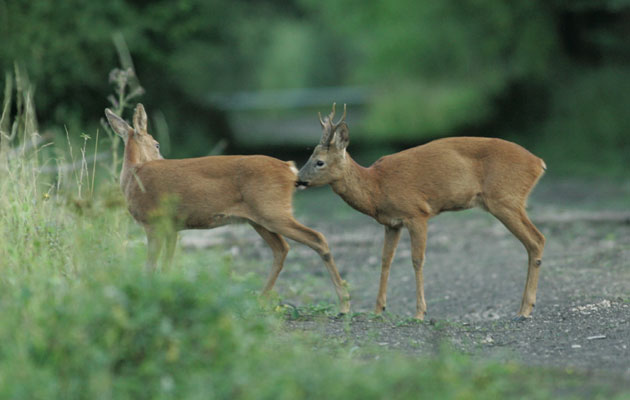
When the doe is near the point of mating, the buck will follow trotting or walking almost like a dog
Each season there are claims of our roe rutting earlier and earlier, sometimes as early as May. Reports increase in frequency in the run-up to the actual event; logic dictates that early reports have to be something other than the opening of the rut. It’s useful to identify sites where roe rings occur and check these for activity.
- The rut will often be preceded by males chasing or harassing does which are not yet in season.
- It will begin as does come into oestrus.
- Both sexes will seek each other out.
- You will often see bucks chasing or trotting after the does.
- When the doe is ready to mate, she stands.
- Roe rings provide evidence that rutting behaviour is under way.
- Bucks may rut in the same area in successive seasons.
- Bucks mate with several females, and females may be seen to mate with several males.
- Weather patterns and changes are thought to stimulate or depress rutting activity.
The rut is a unique sporting opportunity for many of us, but it should be remembered that it is a critical time for the species, securing the foundations for the future. The pattern of the buck cull has shifted in the past 35 years, and trophy measurement records over this period show that many of our mature bucks are now taken in April, thus making no direct contribution to that year’s breeding activities.
The rut allows us to conduct a census of our total stock, and, with structured management, allows us to identify those bucks that are best left as core stock, as well as selecting those mature bucks and surplus youngsters that can be taken as part of our cull plan. It allows us to practise our skills at calling animals. It’s this last aspect that for many is the main attraction and challenge. It’s important to recognise that times of roe activity are likely to vary through the rut, with movement during the middle of the day becoming more noticeable. Having taken a cull of bucks, it also allows us to offer the population a stress-free recovery period at the conclusion of breeding activities, and to build up their reserves for the forthcoming winter.
The dos and don’ts of stalking in the rut:
- DO: On your stalking ground, identify preferred rutting sites based either on prior experience or by establishing the location of roe rings.
- DO: Check on known haunts of your resident does. Are they still there? Has a buck moved to them?
- DO: Vary your stalking times. It often pays to ring the changes during the rut, particularly in hot or humid weather.
- DO: When using a call remember that roe have more acute hearing than we do. It often pays to muffle calls.
- DO: When you use a call (below) do give the deer a chance to locate you. Over- calling can be counterproductive.
- DO: Try to locate deer before you use the call. This enables you to observe the reaction of an individual to your use of the call, and your ability to mimic.
- DO: Be aware of the limitations of using the call. You are probably not the only stalker in the locality to be using one.
- DO: Stick to your pre-determined cull.
- DON’T: Haunt your stalking ground — remember that at this time of year the deer are trying to breed.
- DON’T Overuse a call, as it may only serve to alert the deer to your presence.
- DO: Think carefully about the use of the call if it appears to be distressing does that have young at foot.
- DON’T: Only target mature bucks; always try to balance your cull.
- DO: Remember human disturbance will cause deer to change their behaviour.
This article was originally published in 2014 and has been updated.
Related Articles
Get the latest news delivered direct to your door
Subscribe to Shooting Times & Country
Discover the ultimate companion for field sports enthusiasts with Shooting Times & Country Magazine, the UK’s leading weekly publication that has been at the forefront of shooting culture since 1882. Subscribers gain access to expert tips, comprehensive gear reviews, seasonal advice and a vibrant community of like-minded shooters.
Save on shop price when you subscribe with weekly issues featuring in-depth articles on gundog training, exclusive member offers and access to the digital back issue library. A Shooting Times & Country subscription is more than a magazine, don’t just read about the countryside; immerse yourself in its most authoritative and engaging publication.



